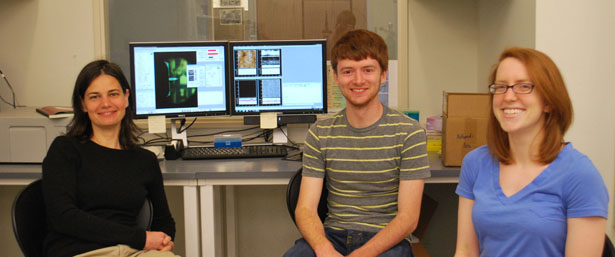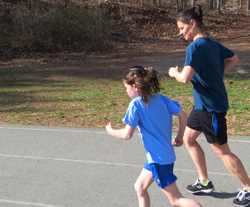This Is What Science Looks Like at NC State: Albena Ivanisevic

Editor’s note: This post comes from Albena Ivanisevic, an associate professor in NC State’s Department of Materials Science and Engineering. The post is part of an ongoing series of posts called This Is What Science Looks Like At NC State that we hope will highlight the diversity of researchers in science, technology, engineering and mathematics. The series is inspired by the This Is What A Scientist Looks Like site.

I have been an engineering faculty [in materials science and engineering] for 12 years and my starting goal was to develop new biosensors and interface materials. Recently I have made a more ambitious goal: I want to make hybrid devices that can be used for sensing, stimulation, drug delivery and repair. To achieve it requires creativity in preserving the physical properties of the device while introducing biochemical functionality, as well as hard work in order to prove the utility and safety of the devices. I enjoy working on this goal with my students and often remember all my mentors in looking for successful strategies to get them to fulfill their potential.
There are two activities that I do on a regular basis outside of my scientific work and find very rewarding. The first one I refer to as a “me activity only” that helps me relax and put things in perspective: I run long distances and enter marathon races regularly. All my undergraduate and graduate students know that I do this and through the years I have found that it helps explain the importance of having hobbies outside of work. Being incredibly accomplished with no life outside the lab is simply not appealing to students and turns many talented ones away from science and engineering. The second activity involves volunteering to teach science in my daughter’s elementary school. Public schools where I live do not have funds for a designated science classroom. I try to bring fun experiments that are not out of a book: last time we observed the rate of gelation of chia seeds in hot vs. cold water. My daughter’s class had great questions.
- Categories:


